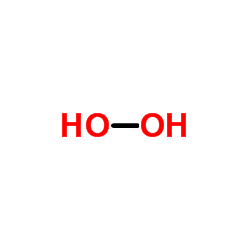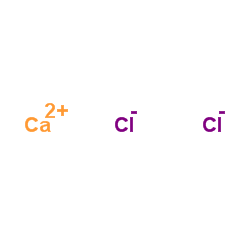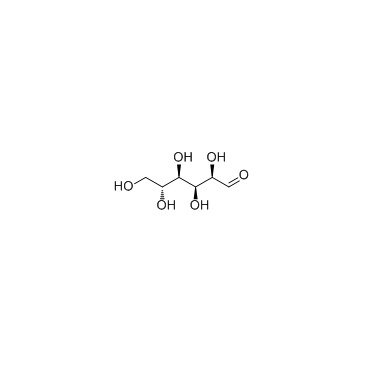| Structure | Name/CAS No. | Articles |
|---|---|---|
 |
3,3'-Dimethoxybenzidine dihydrochloride
CAS:20325-40-0 |
|
 |
sucrose
CAS:57-50-1 |
|
 |
sodium chloride
CAS:7647-14-5 |
|
 |
Hydrogen peroxide
CAS:7722-84-1 |
|
 |
sodium dodecyl sulfate
CAS:151-21-3 |
|
 |
Calcium chloride
CAS:10043-52-4 |
|
 |
D-(+)-Glucose
CAS:50-99-7 |
|
 |
HEPES
CAS:7365-45-9 |
|
 |
L-Glutamine
CAS:56-85-9 |
|
 |
Sodium deoxycholate
CAS:302-95-4 |